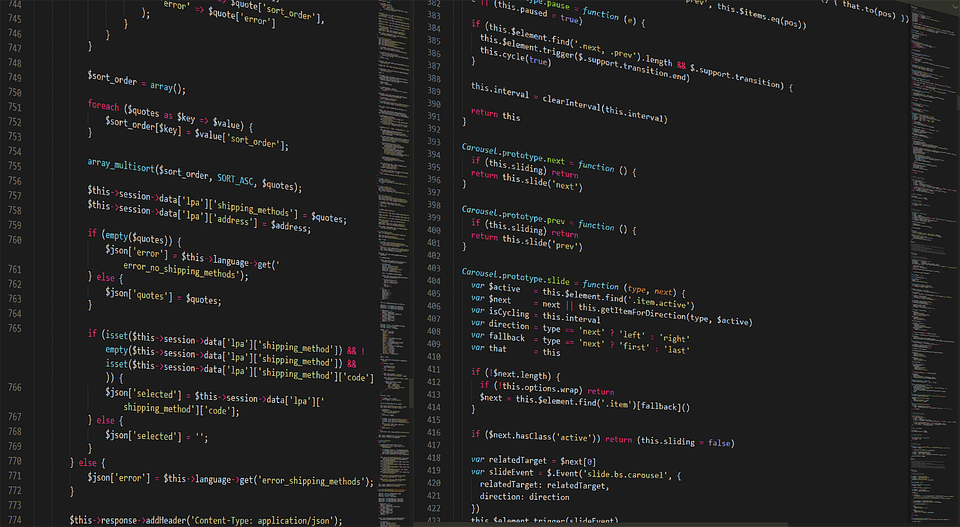Since many individuals have issues understanding the idea of pattern scanning and how to carry it out into their cheats, I immediately needed to cover the idea of example examining and how to execute it. This article’s objective is to show you the idea so you can execute it into your code and apply it to any game.
What is pattern scanning?
When you compose your program in C++, the code is getting compiled into machine code. The Visual C++ compiler compiles the code straightforwardly into binary, yet we can use tools like OllyDbg, x64dbg, or other debuggers to show it in a get-together. In cheat development, we use supposed balances to get to specific factors/addresses. These offsets are by and large likewise used in memory to get to certain information as portrayed beneath. To dispose of the problem with refreshing your undermine each update by either getting the balances yourself or using a counterbalance unloader, you can examine the design.
Contingent upon your execution, you can give your example examining capacity a particular example that ought to be found within the bytes’ scope. It will look over the bytes and discover where the ideal balance is used, making it simple for you to duplicate it. This way, you don’t need to refresh your cheat at whatever point a counterbalance transforms; you possibly need to change the example if the code where it’s pre-owned changes, which doesn’t occur as frequently.
What are offsets, and how are they generated?
Balances are addresses regularly used with another location, for instance, a player address. To get offsets, you need to think about the size of data types. On a 32 digit machine, a number, if not, in any case, determined, is 4 bytes in length. A bool is one byte long. These factors will later be laid out in memory at specific locations. I’ll show you a model by coding a little player class.
Overall Observations
When composing code expertly, it is critical to recall that you may not be the just one composing the code or keeping up and investigating the code. Assuming the task is a high need, there might be a group of software engineers dealing with it. On the off chance that the code is delivered, it might have a life expectancy of 10 years or more. You may not be at the organization (think winning the lottery or improving paying position with another organization). Code ought to be not difficult to peruse, compose, and be kept up by others.
The document augmentation .dll has unmistakable importance in the Microsoft Windows world; it is a Dynamically Loaded Library (DLL). It would be less befuddling for any individual who needs to keep up the code if the mark information record had an alternate document expansion. By definition, on Windows stages, you are connecting your code to .dll records, for example, the C++ STL documents with the goal that it can run. There are unique capacities for stacking DLL records at runtime. On the off chance that you are filtering for infection marks, this program ought to likewise have the option to look through different sorts of records, for example, .exe, .doc, .docx, and so on and not simply .dll.
By and large in when altering C++ programs, one uses an Interactive Development Environment (IDE) like Visual Studio, obscuration, or CLion. These IDEs give wizards to making classes and will consequently add header records and source documents to the program that match the class’s specific name. For the documents to have a similar name, the class makes it simpler for individuals who need to keep up the code to discover the source code for the class. In this code, the name of the header and source documents is not quite the same as the class’s name, and that can be confounding.

